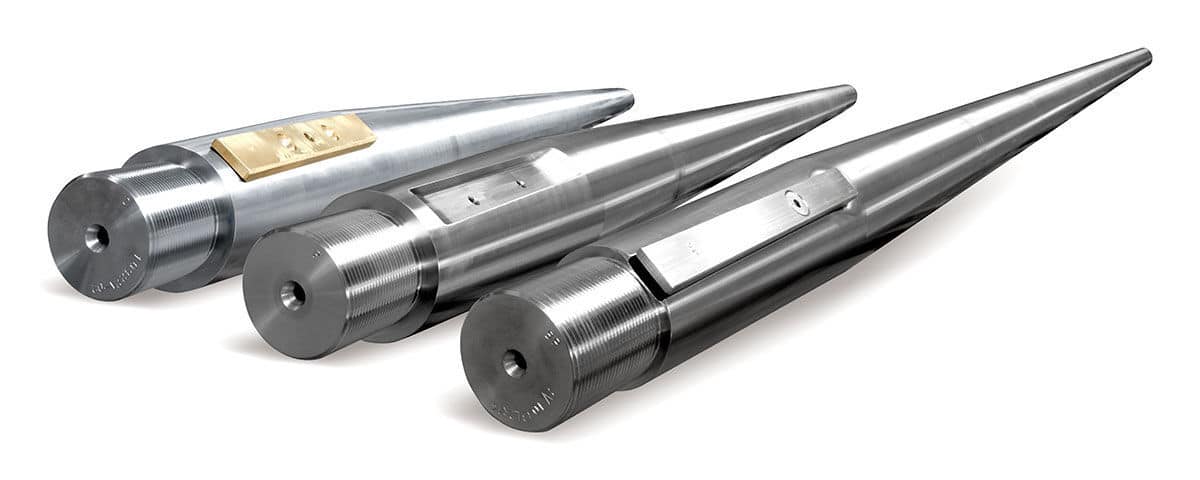The Sea Change: Why the Marine Industry prefers Duplex 2205 Stainless Steel its predecessor 316SS
The tides of the marine industry are always changing, driven by a ceaseless quest for efficiency, sustainability, and robustness. This drive has most recently been embodied in a significant shift in material preference - a shift from the tried and tested 316 stainless steel to the newer Ingot 2205 stainless steel.
To understand the reasons for this migration, it's essential first to appreciate the essential role that these metals play in marine engineering. Stainless steel has long been the material of choice in the industry, thanks to its unique combination of strength, durability, and resistance to rust and corrosion - vital attributes for structures exposed to harsh marine environments. For a considerable period, 316 stainless steel, also known as Marine Grade Stainless Steel, has been the industry standard.
However, there's a new contender which has been used significantly throughout the marine industry: Ingot 2205 Stainless Steel. This stainless steel variant has gained significant traction in recent years due to its superior qualities that better align with the evolving needs of the marine industry.
The key reasons behind this transition can be categorized under three main areas: improved corrosion resistance, increased strength and durability, and economic factors.
1. Improved Corrosion Resistance
Corrosion resistance is paramount in marine applications. The alloy composition of Ingot 2205, a mix of austenite and ferrite, provides exceptional resistance to various forms of corrosion compared to 316 stainless steel. Specifically, Ingot 2205 performs better in resisting chloride ion stress corrosion cracking, a common problem in marine environments. It also outperforms 316 in areas of pitting and crevice corrosion resistance, essential when dealing with seawater, a natural mixture of potentially damaging elements.
2. Increased Strength and Durability
The marine industry is always seeking materials that can withstand significant stresses and strains while maintaining their functional integrity. This is where Ingot 2205 truly shines. Its yield strength is nearly twice that of 316 stainless steel, meaning it can bear more load and stress before deforming. This increased strength does not come at the expense of ductility, however, allowing Ingot 2205 to be formed into various shapes and structures without compromising its structural integrity.
3. Economic Factors
Despite Ingot 2205's superior properties, cost is often a deciding factor when selecting materials for large-scale projects. Fortunately, the strength and corrosion resistance advantages of Ingot 2205 translate into tangible economic benefits in the form of lower lifecycle costs. While the upfront cost of Ingot 2205 may be higher than that of 316 stainless steel, its longevity and decreased maintenance needs make it more cost-effective over the long term. Additionally, its higher strength allows for thinner sections to be used in design and fabrication, further reducing material and labour costs.
In conclusion, the transition from 316 stainless steel to Ingot 2205 in the marine industry has been driven by a combination of technical superiority and economic benefits. As the industry continues to evolve towards sustainability, efficiency, and robustness, it's clear that the future is bright for Ingot 2205 stainless steel. However, it's also important to remember that material selection should always be based on the specific requirements of each individual application, taking into account the unique challenges and circumstances presented by different marine environments.
#ingotfme #Ingot2205 #contactus

Comments